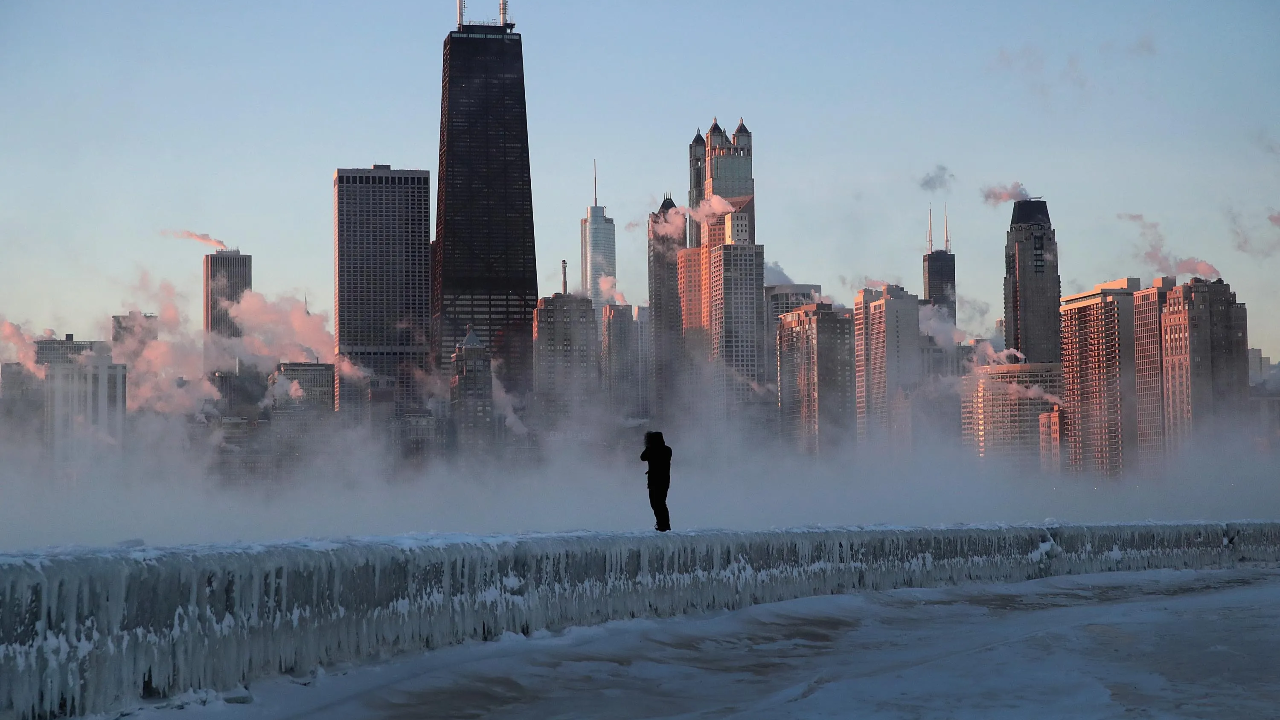
The polar vortex is poised to unleash the coldest winters North America has seen in a decade. Meteorologists and energy analysts are raising alarms about this natural phenomenon, which comprises a swirling mass of frigid air surrounding the Arctic. When stable, the vortex traps cold air, but weakening or splitting can lead to extreme weather conditions to the south.
The implications are far-reaching, impacting infrastructure, agriculture, and daily life. With a unique ability to influence weather patterns beyond the poles, the vortex poses significant risks this coming winter. Understanding its behavior is crucial for anticipating the challenges that lie ahead.
Economic Chill
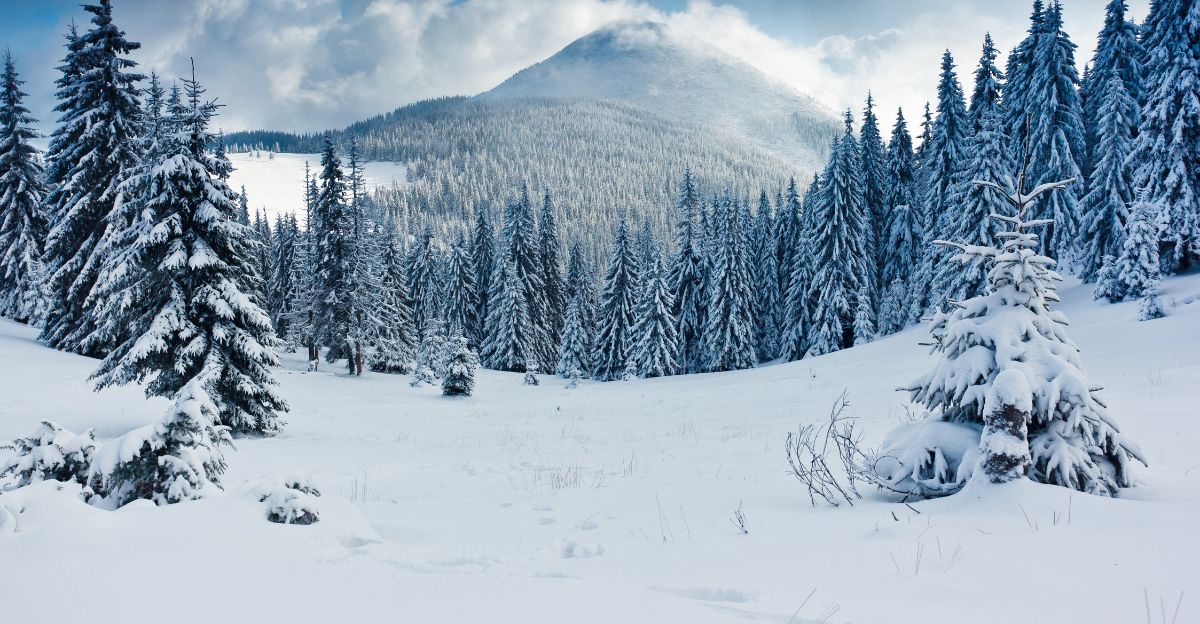
Forecasts suggest that the economic impact of these severe winters could exceed $100 billion annually. As heating demands surge and energy grids face unprecedented strain, supply chains will likely experience disruptions. With natural gas prices already up 73% year-over-year, analysts warn of further spikes if another polar vortex event occurs in March 2025.
Similar disruptions earlier have echoed throughout the economy. Businesses will need to adapt quickly to the inflationary pressures that increased heating costs and disrupted resources will create. This looming economic chill necessitates strategic planning to mitigate the financial toll on consumers and industries alike.
Vortex History
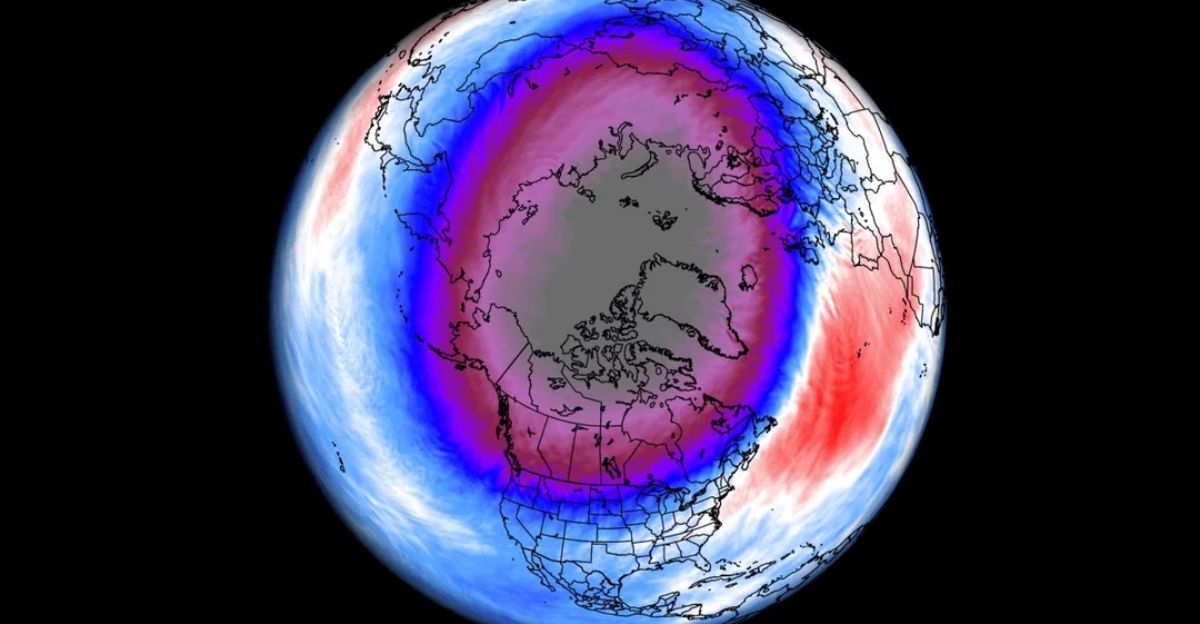
The polar vortex isn’t a new phenomenon; it has formed every winter due to Earth’s axial tilt and temperature variations between the tropics and the poles. While usually stable, it has recently shown an alarming tendency to weaken or split, allowing cold Arctic air to infiltrate mid-latitudes more frequently.
This pattern has become more pronounced in recent years, indicating a shift in climate dynamics. Meteorological records suggest that understanding the historical behavior of the polar vortex is critical to predicting future weather events and their associated impacts, revealing a more complex relationship between climate change and weather patterns.
Climate Pressure Cooker
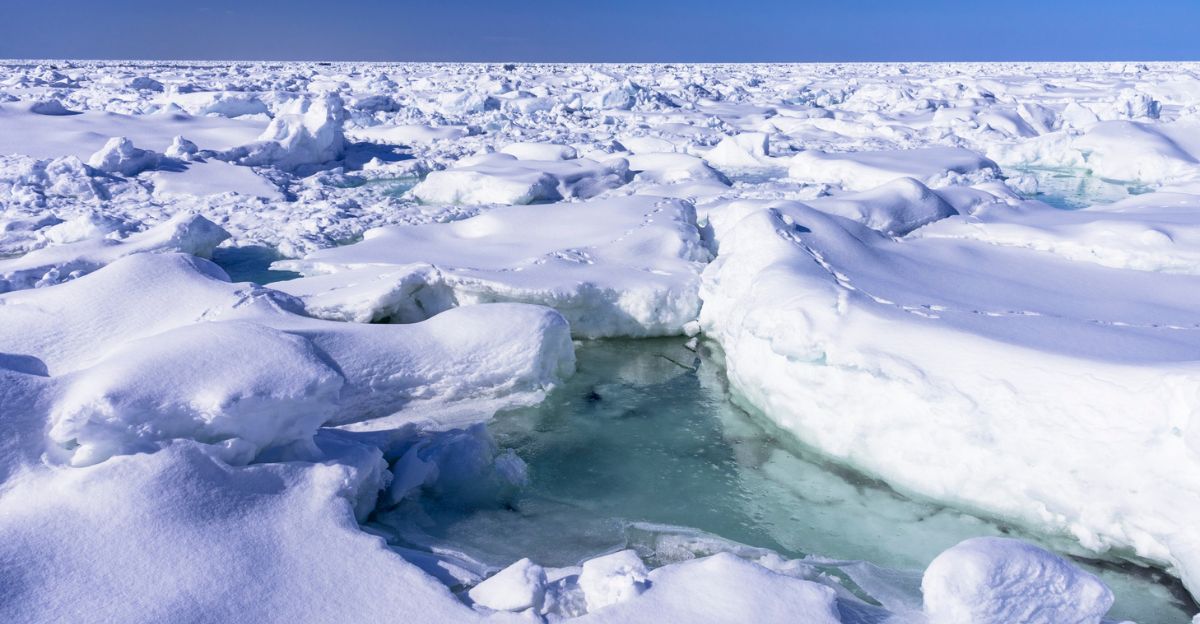
Climate change, particularly Arctic amplification, is destabilizing the polar vortex, heightening its vulnerability to fractures. As the Arctic warms quickly than the rest of the globe, the temperature gradient responsible for maintaining the vortex’s integrity diminishes. This change increases the likelihood of cold outbreaks in temperate regions.
Frequent disruptions can lead to intense winter conditions, posing significant challenges to energy infrastructure and daily life. Experts argue that prolonged disruptions in the polar vortex are becoming more common, intensifying the urgency to address climate change and its far-reaching effects on our winters and overall climate stability.
The Big Freeze Revealed
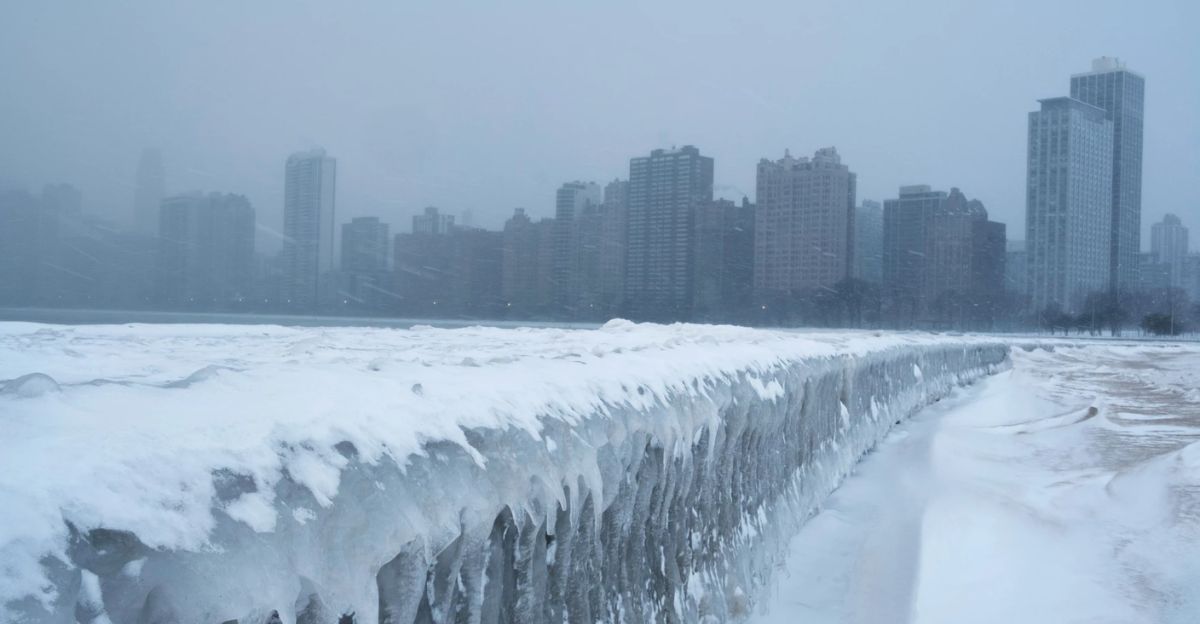
January 2025 marked a pivotal moment for energy demand across the central and eastern U.S., driven by a fractured polar vortex that led to record-breaking frigid temperatures. The peak electricity demand soared to 537 gigawatts, an astonishing 150GW above the regional average, forcing grid operators to scramble.
During this time, many were reliant on coal and natural gas, especially as renewable energy sources faltered under harsh conditions. Energy management has become a pressing concern, raising questions about the resilience of the U.S. power grid amid extreme cold. At the same time, a repeat event on the horizon adds further tension to the energy landscape.
Midwest in the Crosshairs
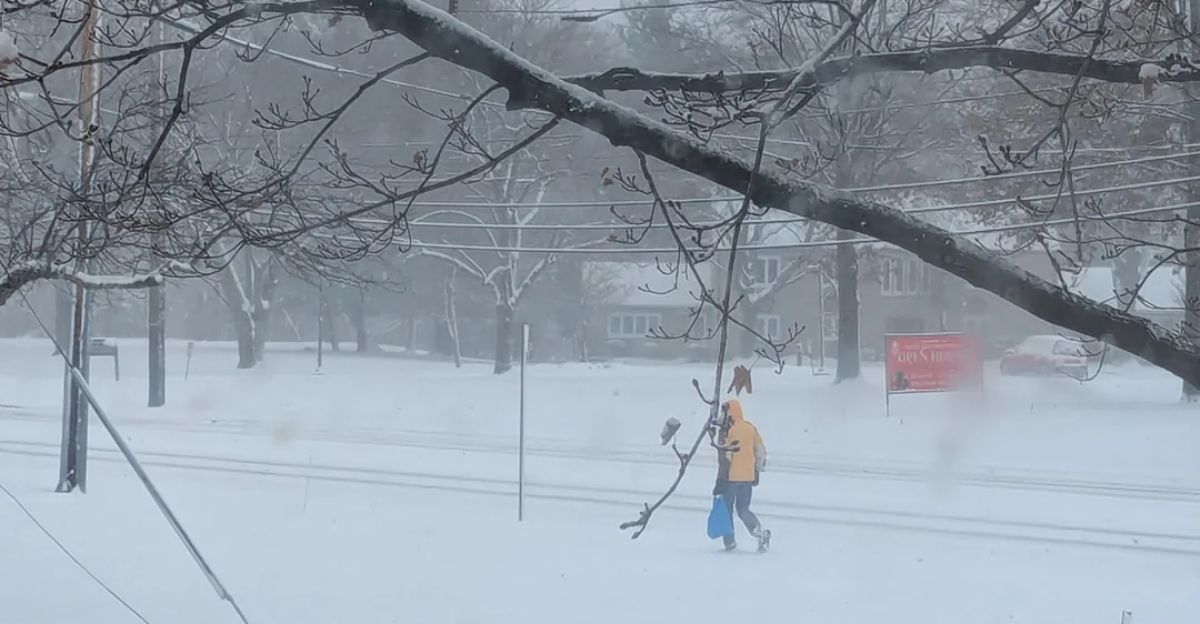
Regions like the Midwest and Northeast felt the brunt of the vortex’s impact, underscored by temperatures plunging 20–30°F below normal for extended periods. This unprecedented cold strained power plants, triggering rolling blackouts in certain areas and putting increasing pressure on energy resources.
For instance, the Southwest Power Pool reported a huge demand spike to 45.3 GW during peak hours, prompting a 74% increase in coal generation and a 115% rise in gas-fired output when compared to the previous December. With energy demand skyrocketing, regional power grids were pushed to their limits, highlighting vulnerabilities in the system.
Human Toll
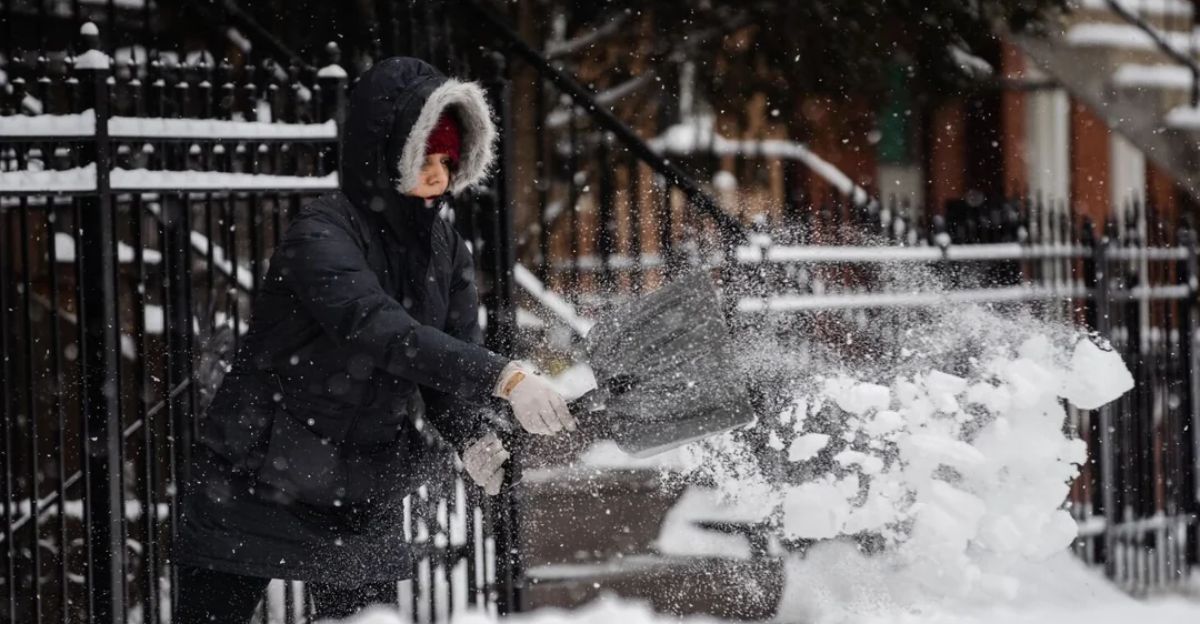
The human cost of the polar vortex is alarming. Families in major cities like Chicago, Detroit, and Minneapolis found themselves battling subzero temperatures, resulting in skyrocketing heating costs and heightened vulnerability among at-risk populations. “Every degree below freezing pushes more households into energy poverty,” observed a spokesperson from a regional utility, emphasizing the plight of many.
Schools and businesses closed, and emergency shelters overflowed with people seeking refuge. This stark reality highlights the personal struggles and broader societal implications of the vortex’s impact, underscoring the urgency of addressing these winter challenges more than ever.
Energy Market Shock
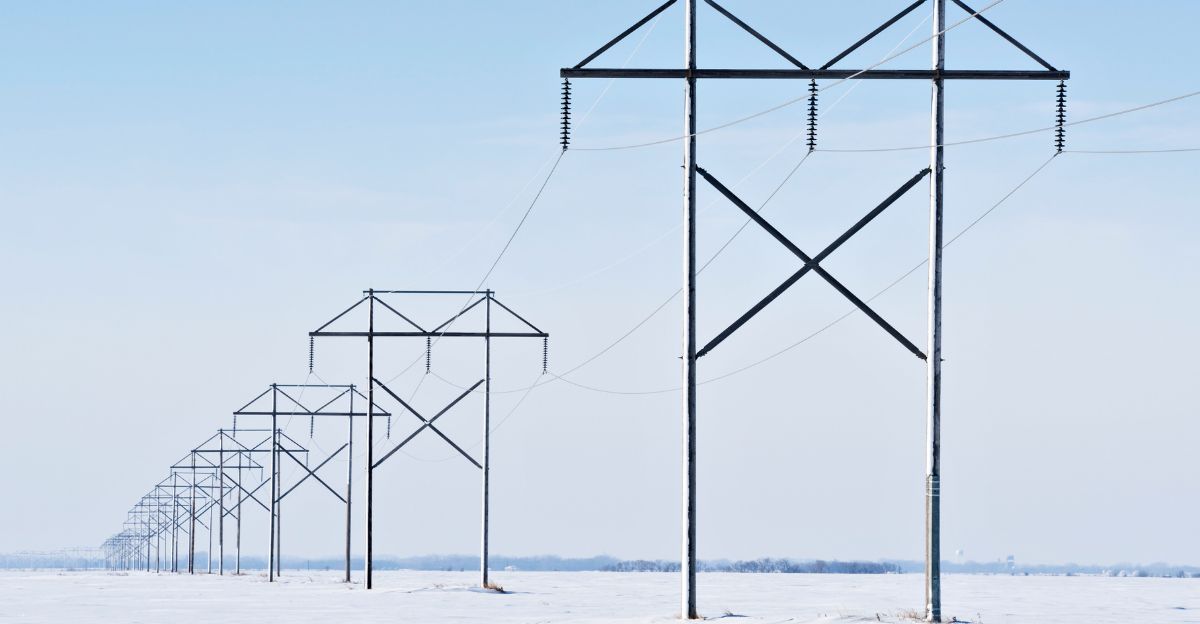
The ripple effects of the polar vortex extended to energy markets, resulting in significant price spikes. Utilities, forced to burn through natural gas reserves, saw spot prices soar, while oil prices followed closely behind.
Energy analysts, such as Matt Smith from Kpler, warned that this trend could become the norm in a world increasingly subjected to extreme weather fluctuations. With volatility becoming a fixture in energy markets, businesses will be compelled to develop strategies to hedge against these future price swings. This unpredictability serves as a cautionary tale, emphasizing the interconnectedness of climate events and market stability.
Macro Climate Shift
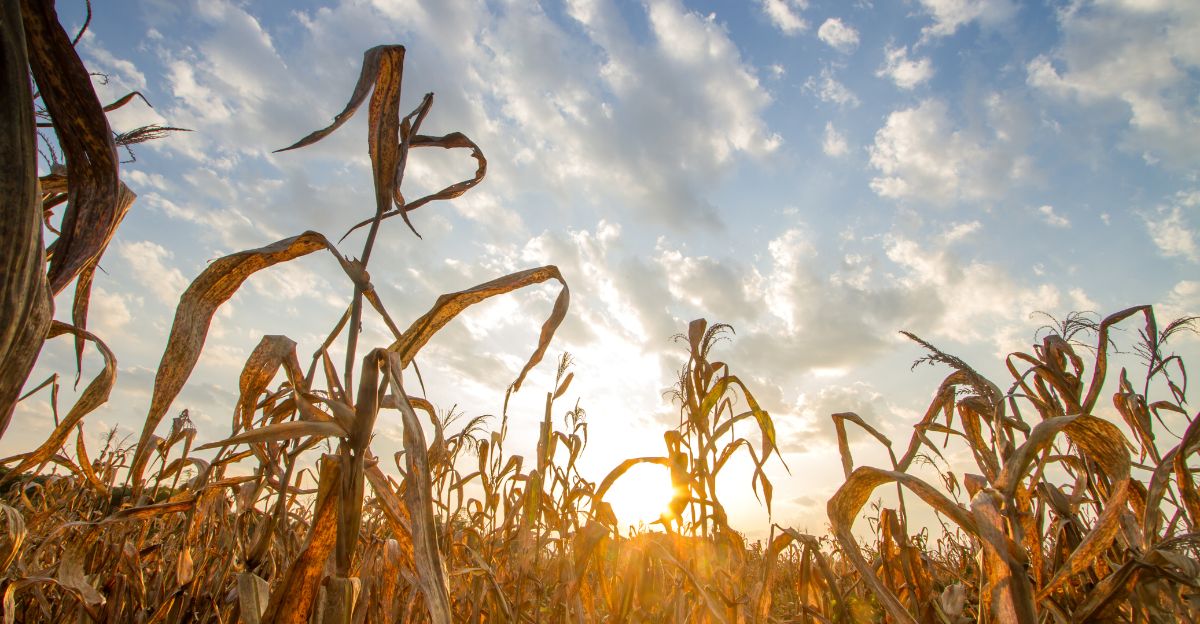
Although winters are generally warming on average, paradoxically, extreme cold snaps continue due to a wavier jet stream, a consequence of polar vortex disruptions. Researchers such as Dr. Jennifer Francis have highlighted this phenomenon, demonstrating how a warming planet can still yield bitterly cold winters.
The stratospheric behavior is becoming a vital tool for forecasting future weather patterns, indicating a need to shift our understanding of climate change’s influence on seasonal trends. This macro climate shift necessitates a robust conversation about resilience in communities to prepare for unpredictable winter weather scenarios.
Agricultural Aftershock

The effects of the polar vortex don’t stop at urban centers; agriculture is also reeling. Florida’s citrus growers experienced rare frosts and even snow, putting their orange yields in jeopardy and driving grocery prices upward nationwide. Such regional shocks demonstrate how polar vortex events can ripple through food supply chains, affecting not only local economies but also national markets.
Increasing food prices against the backdrop of disrupted supply chains highlight the urgent need for climate adaptation strategies in agriculture to mitigate the compounding economic pain caused by these extreme weather events.
Grid Operator Strain
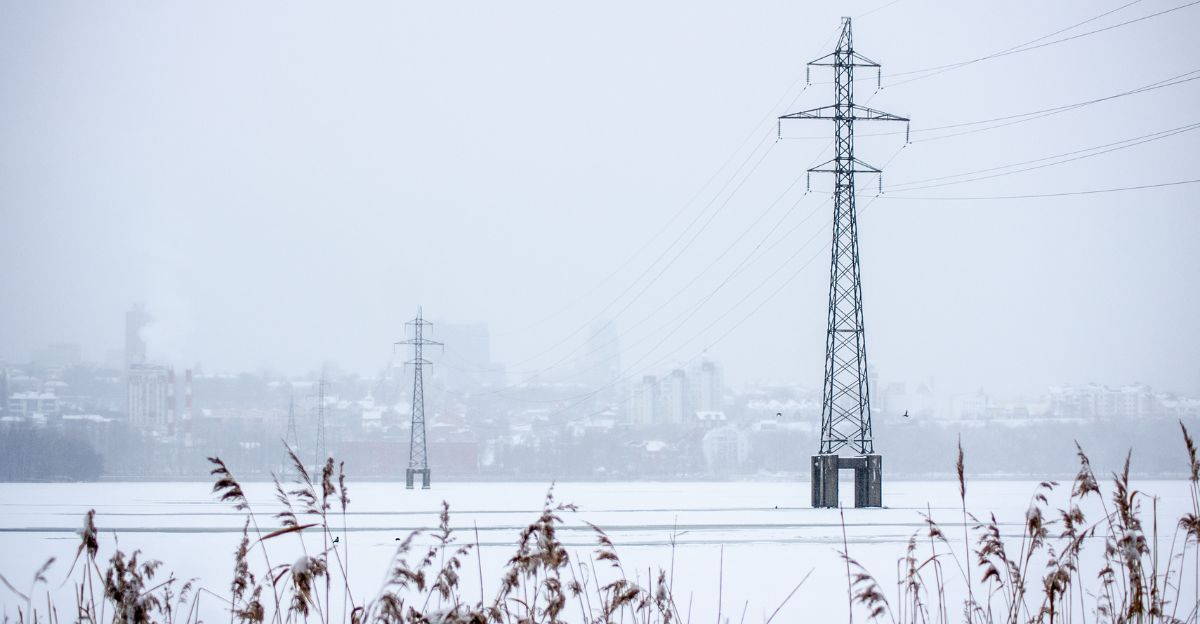
Amidst the January 2025 cold snap, PJM Interconnection faced severe scrutiny for its management of the grid. Despite its efforts to export power to neighboring regions, the operator acknowledged that it was “operating at the edge of capacity.” Coal and gas plants were pushed to over 80% capacity, far exceeding seasonal norms.
The scrutiny faced during this crisis raises important questions about the capacity and reliability of the current grid infrastructure in facing extreme weather. With the shifting climate and disruptions from the polar vortex, there is an urgent need to reevaluate energy strategies for future resiliency.
Policy Implications
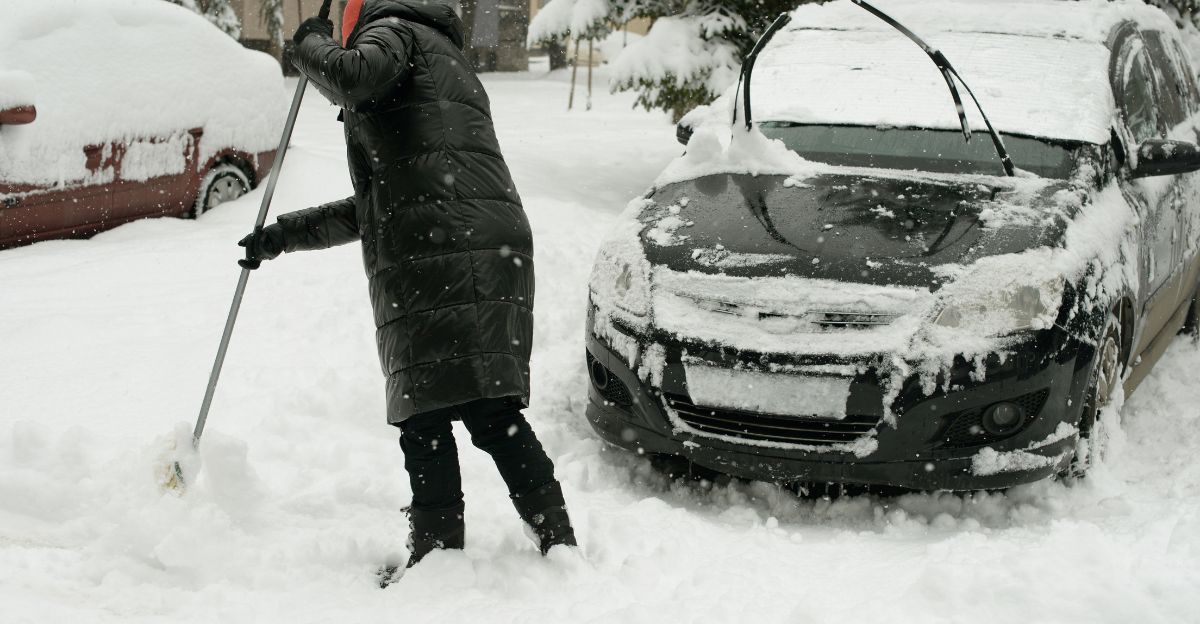
As we face these impending winters, policymakers are confronted with significant challenges. The combination of economic costs, energy demands, and infrastructure impacts necessitates a multifaceted approach to climate adaptation and energy policy. Solutions include increasing investments in renewable energy sources, enhancing grid resilience, and providing support for vulnerable communities.
This comprehensive strategy aims to minimize the effects of extreme weather, ensuring energy security and economic stability. Collaborative action across federal, state, and local levels will be essential to navigate this increasingly volatile climate landscape successfully.
Community Resilience

Communities across North America are recognizing the need to bolster their resilience in the face of polar vortex disruptions. Initiatives aim to educate citizens on energy conservation practices and enhance emergency preparedness for extreme events. Local governments are collaborating with energy companies to develop strategies to ensure efficient energy use during peak demand periods.
These grassroots efforts empower communities, making them more resilient against the impacts of the polar vortex while also fostering a culture of sustainability that could mitigate future climate risks. Community engagement serves as a critical pillar in enhancing adaptive capabilities and responsiveness to challenges ahead.
Renewable Energy Solutions
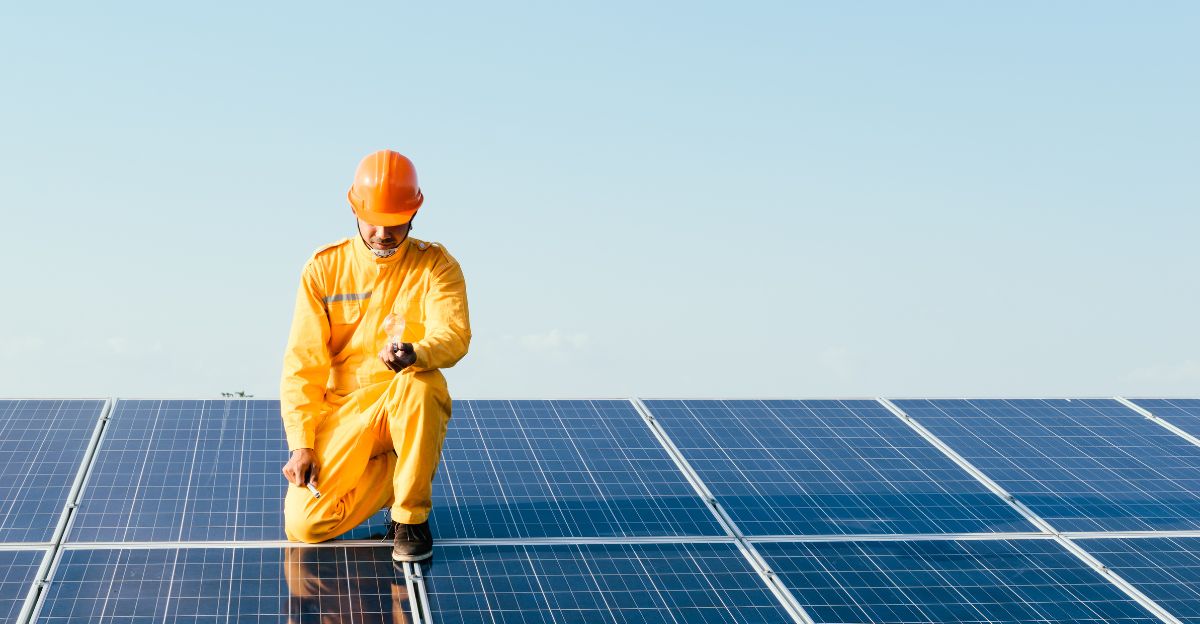
The shift towards renewable energy sources is becoming increasingly urgent as severe winter conditions grow more prevalent. Expanding investments in solar, wind, and other sustainable technologies can help diversify energy portfolios and reduce reliance on fossil fuels. Implementing distributed energy systems enables local communities to generate and manage energy, thereby enhancing their resilience during periods of peak demand.
To effectively combat the extremes brought on by the polar vortex, energy policies must prioritize innovation in clean technologies while ensuring equitable access for all. This transition not only supports climate goals but also stabilizes energy costs amid growing market volatility.
Technological Innovation
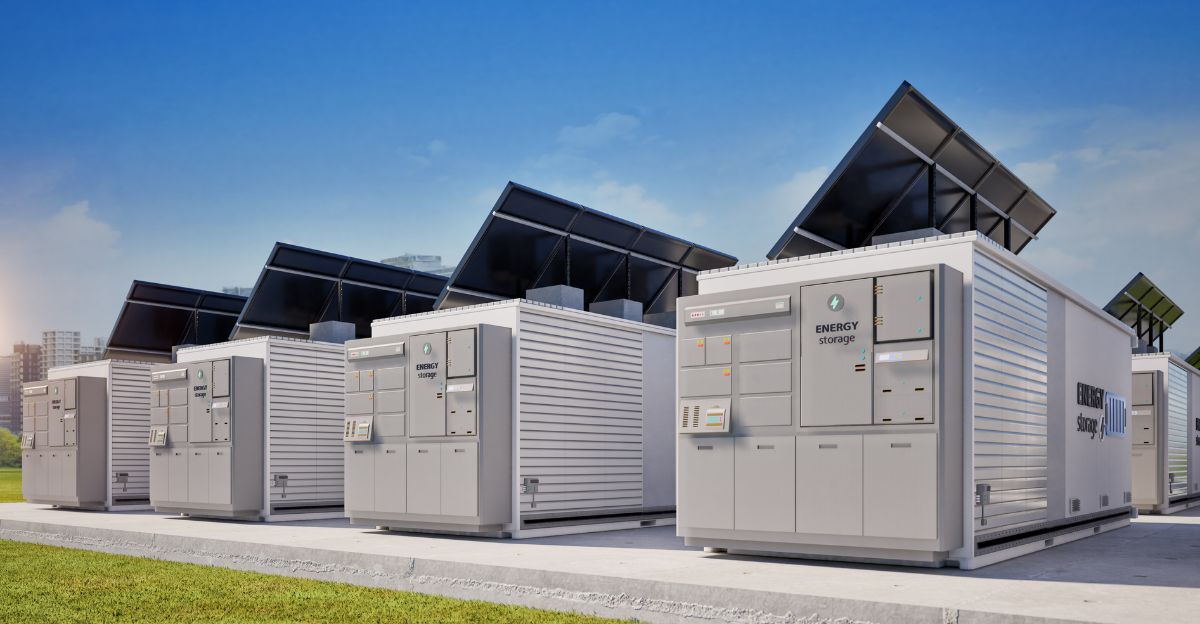
Advancements in technology are critical in addressing the challenges posed by the polar vortex and subsequent cold winters. Innovative grid systems, energy efficiency measures, and predictive analytics are crucial tools for managing energy demands during extreme weather conditions. Leveraging data-driven insights enables utility operators to streamline operations and enhance responsiveness when energy demand surges.
Investing in emerging technologies is pivotal for optimizing energy use and improving overall grid reliability. Policymakers and industry leaders must cooperate to drive technological innovation, ensuring a more prepared and resilient energy infrastructure for the future.
Consumer Awareness

Educating consumers about their energy usage and the impacts of extreme weather events is vital for fostering a proactive approach to energy management. Initiatives can include workshops, outreach programs, and digital platforms that provide actionable tips for minimizing consumption during peak periods.
Raising awareness empowers consumers to take charge of their energy needs while making informed decisions that align with broader climate goals. As communities prepare for the forthcoming winter, consumer engagement will play a crucial role in fostering resilience and adaptability in everyday behavior, ultimately contributing to energy conservation efforts during these challenging conditions.
Long-Term Forecasting
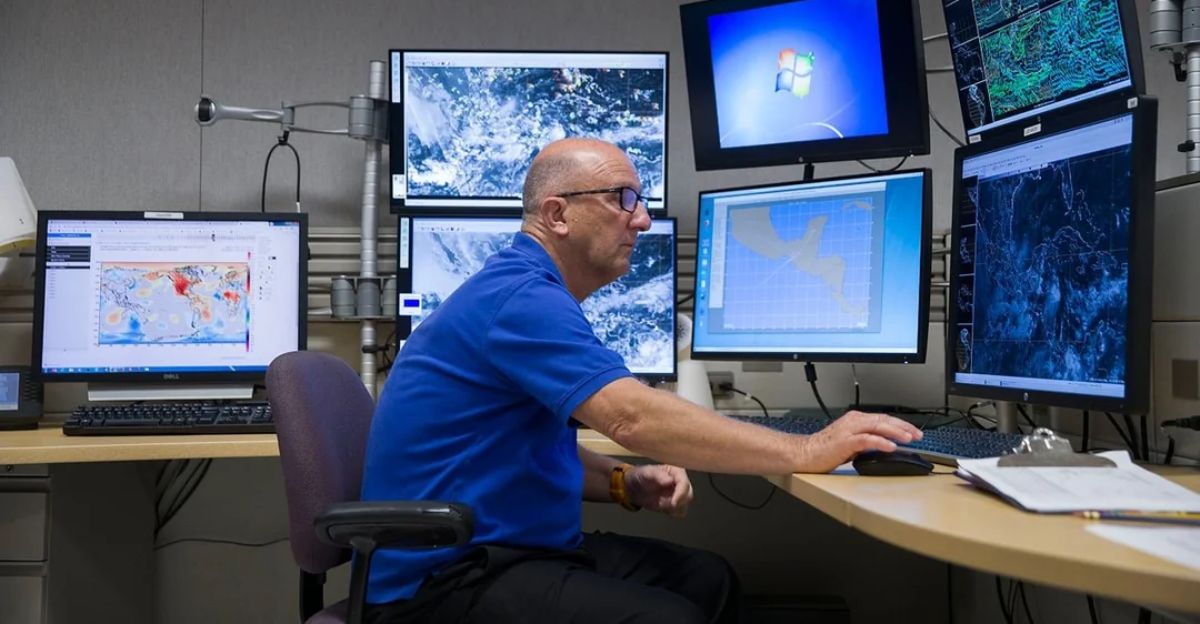
Investment in long-term forecasting models is essential for preparing for the unpredictable effects of the polar vortex and the associated cold snaps. Enhanced climate models must account for the increased volatility caused by climate change, enabling authorities to anticipate and prepare more effectively for severe weather patterns.
Improved forecasting enables proactive planning, allowing grids, businesses, and communities to develop effective strategies to manage electricity demand and ensure safety during extreme events. This foresight plays a crucial role in mitigating risks and enhancing preparedness, reinforcing the importance of continued research in the domain of climate science.
Adaptation Strategies

Effective adaptation strategies will be instrumental in navigating the challenges posed by extreme winters associated with the polar vortex. This may involve infrastructure enhancements, such as retrofitting buildings for better insulation and energy efficiency. Additionally, implementing heat emergency response plans can safeguard vulnerable populations during severe cold spells.
Policymakers must also foster cooperative approaches among stakeholders to ensure comprehensive support systems are in place. Such strategies not only mitigate immediate impacts but also enhance resilience to long-term climate changes, ultimately supporting public safety and economic stability.
Global Perspectives
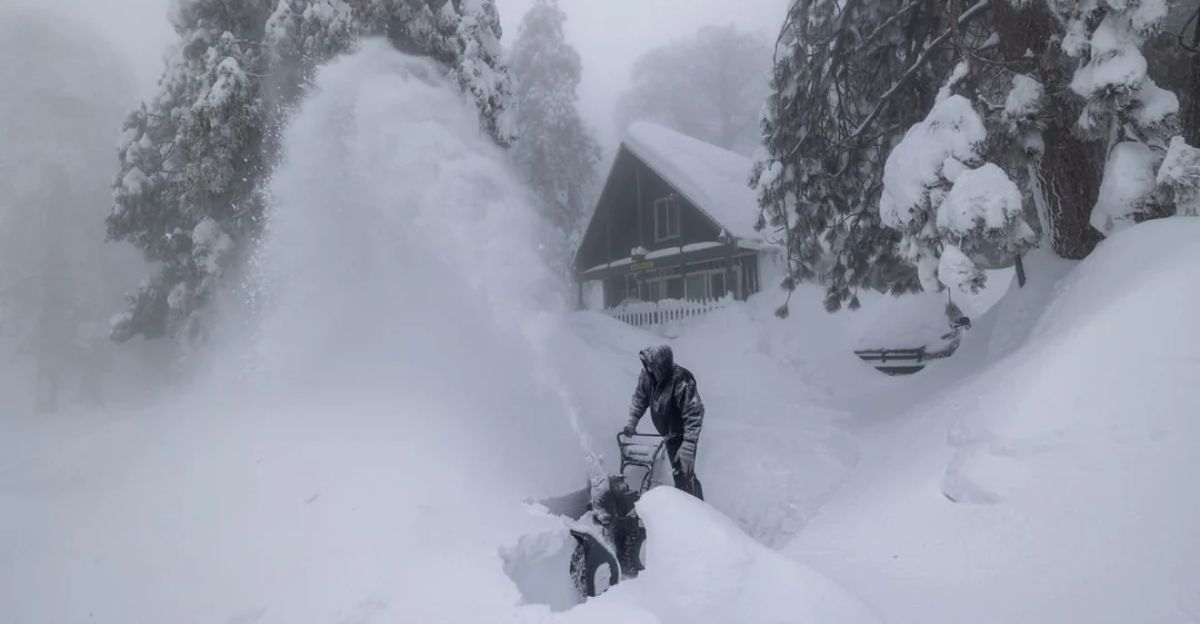
The implications of the polar vortex extend beyond North America, as extreme weather phenomena are becoming a global concern. Understanding how these patterns operate on an international scale can provide essential insights into climate behaviors and responses.
Countries worldwide must share knowledge and resources to tackle the challenges posed by climate change and extreme winter events. Establishing collaborative frameworks will pave the way for joint action to confront climate threats, ultimately fostering a global community committed to sustainable solutions and climate resilience.
The Road Ahead
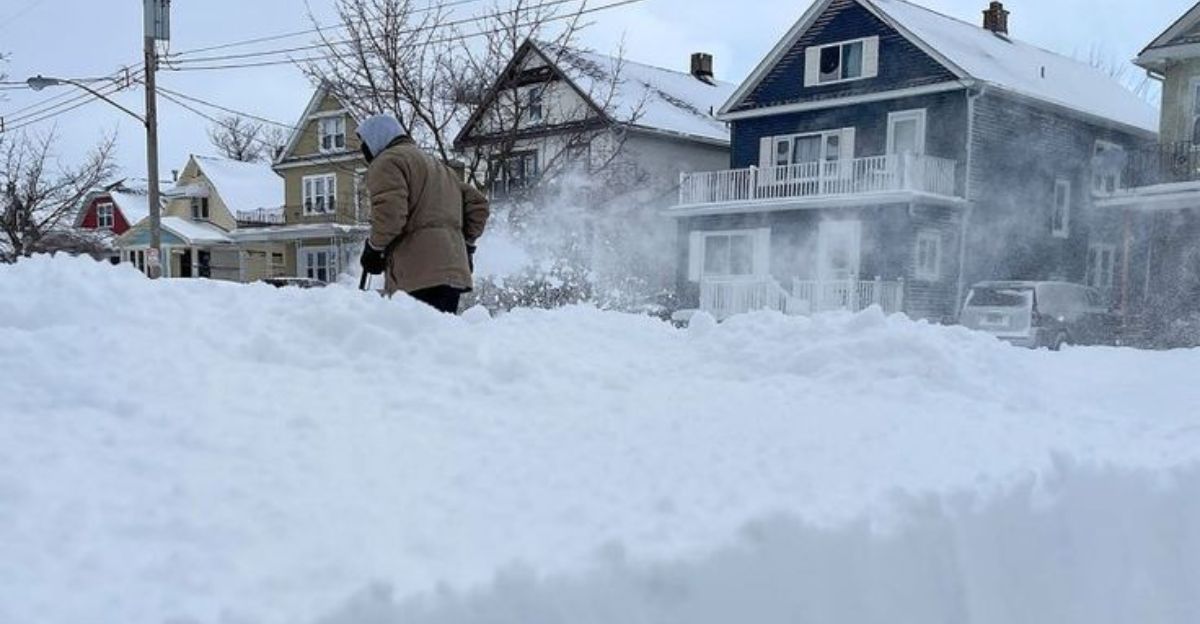
As we look to the future, the lessons learned from the polar vortex’s impact cannot be overlooked. The intersection of climate change and severe winter weather underscores the urgency for comprehensive adaptation and response strategies at all levels of society.
Stakeholders must unite, advocating for sustainable practices and innovative solutions that address immediate needs while also preparing for long-term challenges. Collaborative efforts will be essential to navigate this evolving climate landscape, addressing both the immediate costs of extreme weather and the systemic shifts necessary for a sustainable future. The time for action is now.